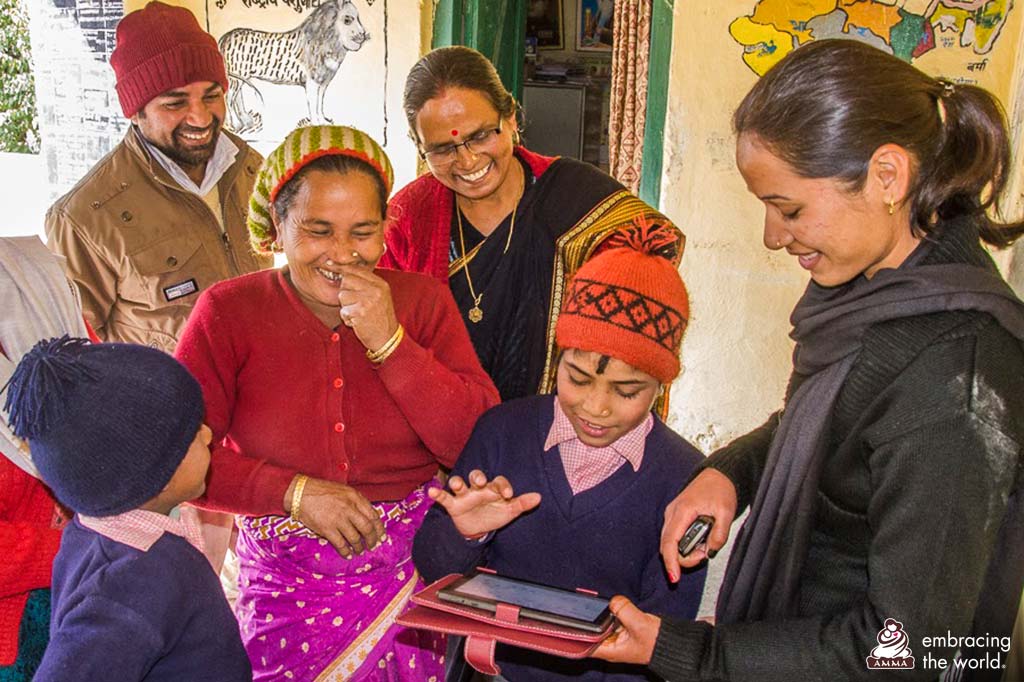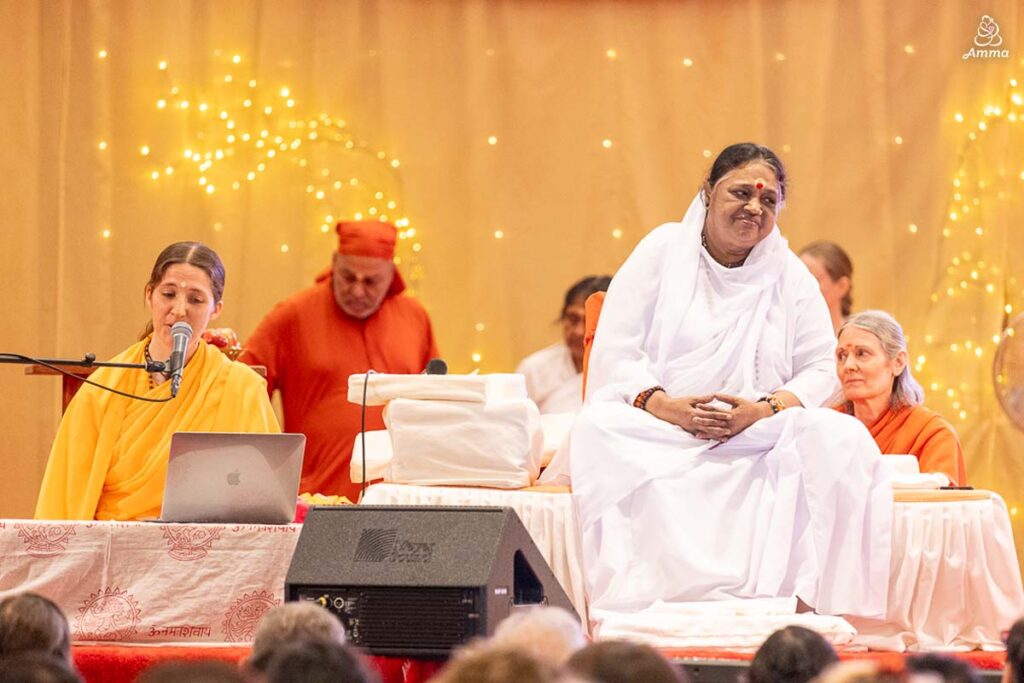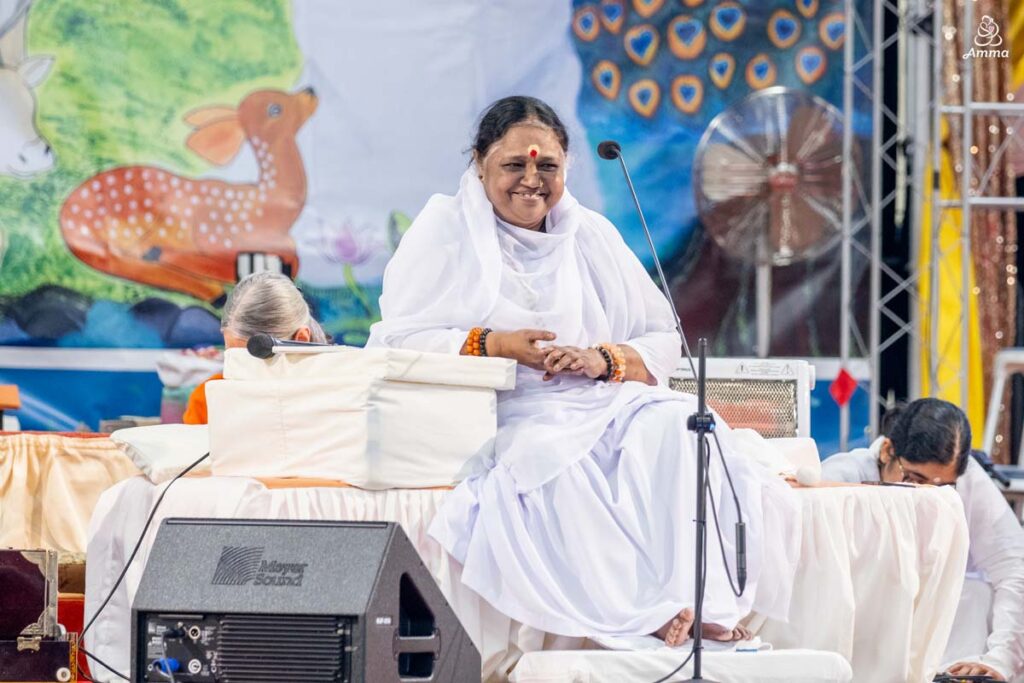Interactive information systems are providing solutions for the education system in places that are geographically isolated in India. Some simple and accessible tools have shown they can be used to reduce school absenteeism, increase the effectiveness of teachers, and ultimately, improve student performance.
Android tablets running monitoring apps such as eAttendance and Whatsapp provide friendly and low-cost methods for attendance reporting of both students and teachers. They also have apps that assist teachers in lesson planning and draw students to learn because of the fascinating interaction technology provides.
Uttarakhand is a state in Northern India known for its mountainous terrain and isolated villages. In the Rudraprayag and Uttarakashi districts, Amrita Vishwa Vidyapeetham has conducted a three-year remote-monitoring project in 18 Amrita Rural Education Centres along with their corresponding government schools.
Monitoring school teachers is challenging, particularly in remote, rural areas that lack infrastructure and resources. Methods like maintaining attendance registers or physical inspections have not proven to be effective.

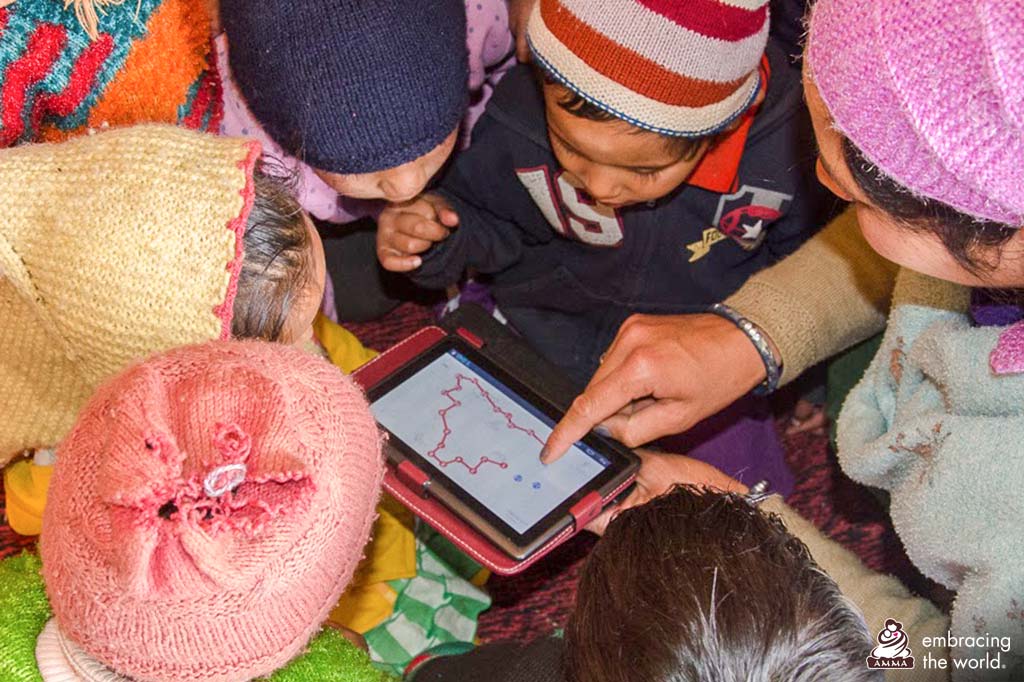
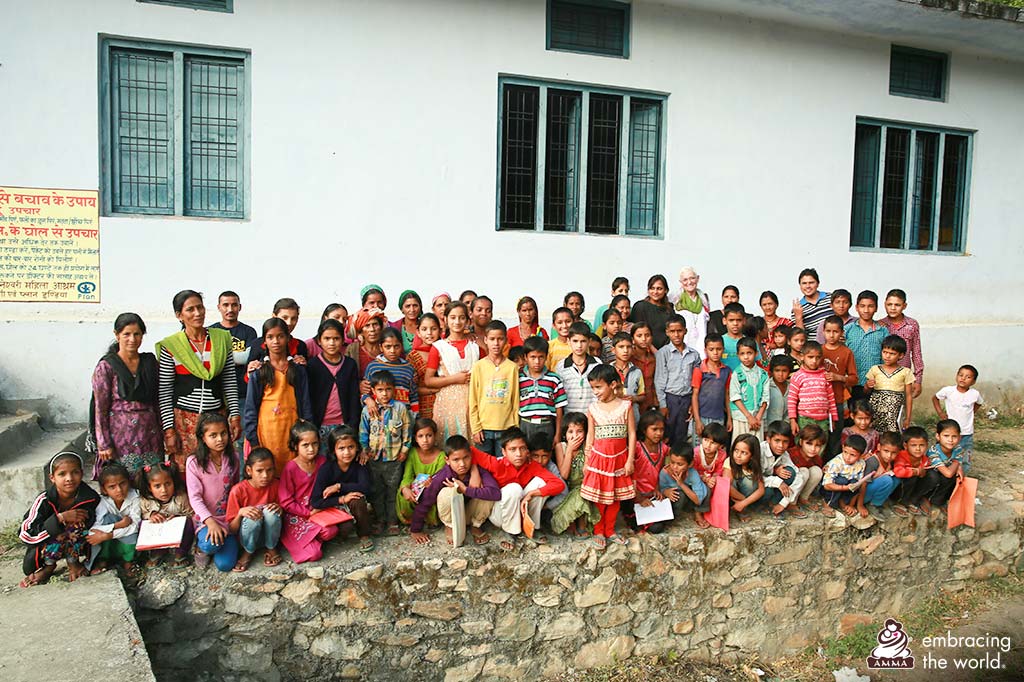

“Teacher and student absenteeism is a huge issue in public schooling. Studies show that in many places in India there is a high teacher-absenteeism rate, estimated to be as high as 42% in places like Jharkhand,” said Dr. Prema Nedungadi, the Director of the Amrita Center of Research in Analytics and Technologies for Education (AmritaCREATE).
“Our remote monitoring project in Uttarakhand gives us an innovative way to solve this problem. Android tablets, loaded with apps to gather and send data, along with WhatsApp, form a user-friendly platform to get real-time data about the teachers’ activity at the study centre and eliminate both teacher and student absenteeism. These inexpensive, readily available tools can help remotely monitor teachers and classrooms, substantially improving outcomes.”
As part of the Amrita Rural India Tablet Education (AmritaRITE) program, teachers at the participating study centres have been given tablets with a 2G SIM card for online connectivity. Students are given tablets with educational content, which can connect to the teachers’ tablets through Bluetooth.
The teachers’ tablets have WhatsApp installed as well as a couple of apps for attendance and teacher training to act as classroom monitoring tools. The study centre works in close collaboration with teachers at the local government schools, exchanging notes on student improvement and attendance. In many cases, this monitoring of students indirectly corrects the teacher absenteeism as well.
“Eighty-two percent received feedback from local schools about improvement in student grades”
Dr. Nedungadi
“Cluster coordinators” monitor educational activities for a cluster of four to five villages. They periodically conduct surprise visits to centres for physical inspection, distribute tablets for WhatsApp communication to each centre, collect information from each teacher, and take decisions. Five such cluster coordinators report to a central coordinator.
Teachers use the apps to send daily attendance reports of students along with performance reports. They take a time-stamped photograph of themselves, along with their students, at the beginning and end of each class and send these to cluster coordinators. Teachers also keep a record of what was taught in the class each day. As WhatsApp data sent by one teacher is visible to all others in the group, there is peer pressure to perform.
Improvements in reading, writing, math and science among students are measured through weekly and quarterly assessments. This approach has resulted in increased teacher and student attendance, as well as improvements in lessons and other educational activities. Attendance and assessment reports of students are analysed by the central coordinators and feedback provided to the centres on the list of children who are at risk of dropping out and failing.
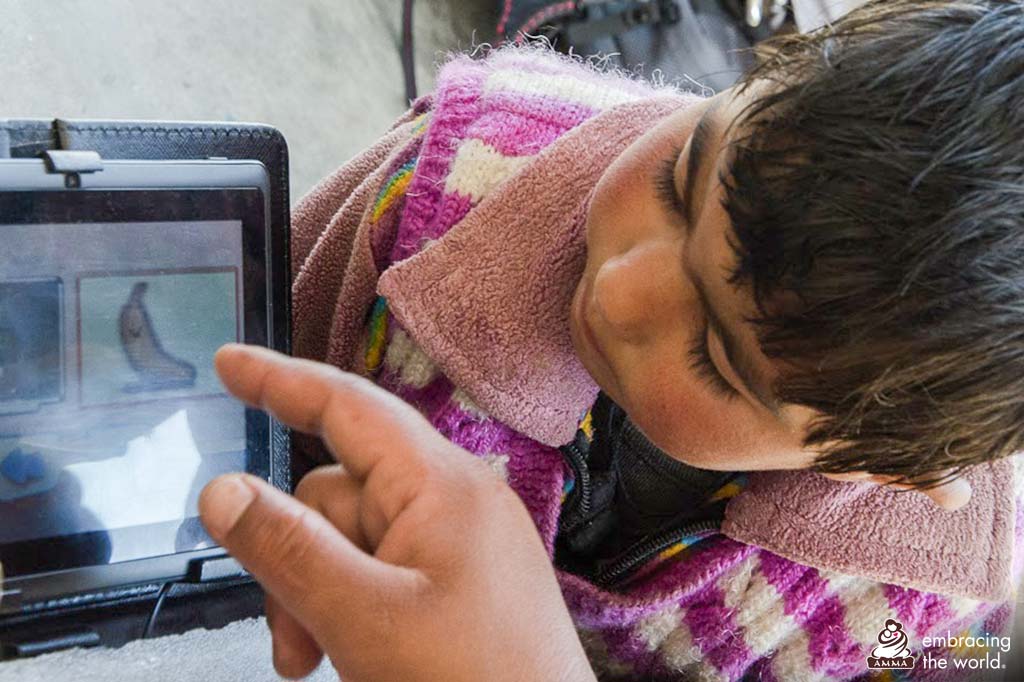
Said Dr. Nedungadi, “With this approach, significant improvements have been seen among students in studies. For example, at Uddalka in Uttarakhand, only 24.8% of Class 3 students could do math at grade level in an assessment conducted in February 2016. In September 2017, as many as 75.3% of students could complete math assessments at grade level, showing a big leap in student outcomes in math.”
In addition, 96% of teachers interviewed in AmritaCREATE’s study commented on the improvement in their own teaching strategies.
“Eighty-two percent received feedback from local schools about improvement in student grades,” added Dr. Nedungadi. “Teachers who were once isolated in a small region in remote and rural India are now able to communicate with teachers in other villages. Occasional face-to-face training is supplemented by ongoing mentoring using tablet technology. Cluster coordinators keep the central coordinators informed. This data is cross-verified with the teacher chat data and information from apps to determine the authenticity of teacher reports.”
The success of this remote monitoring project shows that using these various technological channels, along with occasional in-person visits by coordinators, can help enforce accuracy in reporting and accountability, empower teachers, and improve the quality of education.


